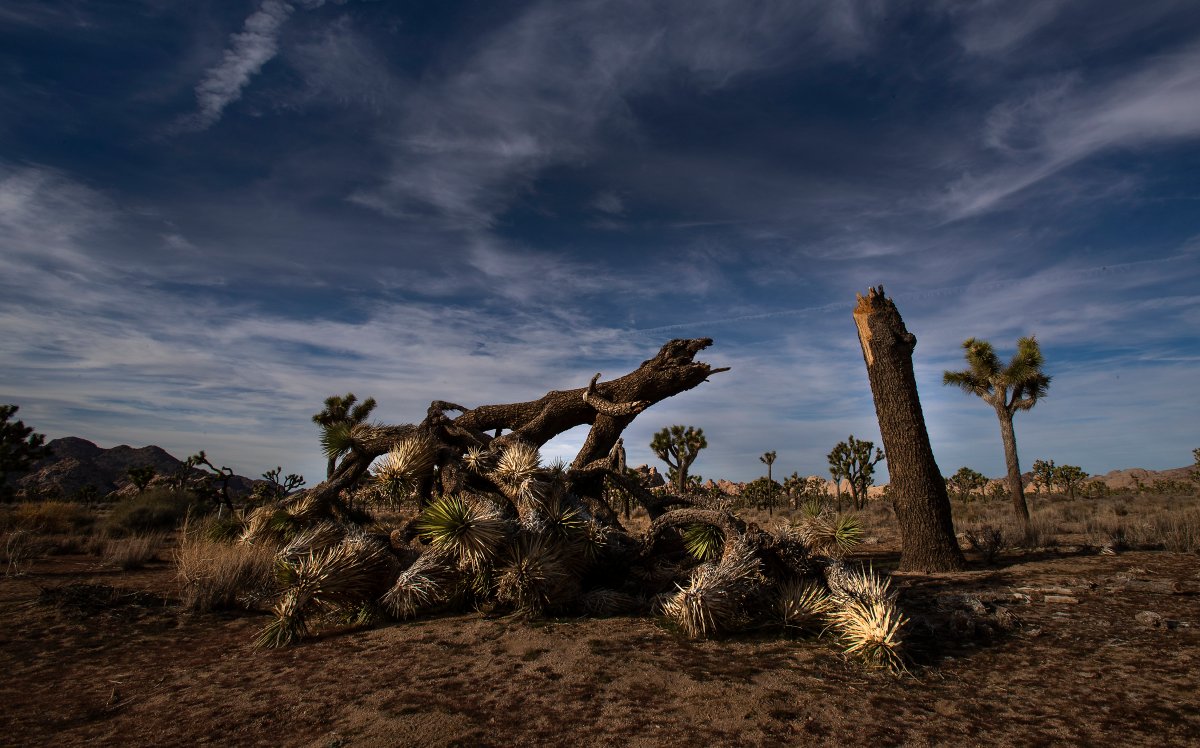The U.S. government shutdown may be temporarily put on hold, but Joshua Tree National Park — the famed desert in California — is still feeling the pain, and could for years to come.

The 800,000-acre park stayed open during the 35-day partial government shutdown with many visitors taking advantage of the unstaffed entrance to skip the usual $30 fee, according to the National Park Service (NPS).
Visitors drove over trees, toppled gates, camped illegally, defaced rocks with graffiti and left trash and human waste lying around, according to reports.
During the shutdown, NPS had threatened to close the park, after citing sanitation issues. But the park stayed open and officials said they used recreation fees to bring on more staffers to clean toilets and trash.

Get breaking National news
Some people even volunteered.
On Friday, U.S. President Trump signed a short-term spending bill that will reopen the government until Feb. 15.
Now staff and volunteers are left cleaning up garbage, wiping off graffiti and replanting trees that were cut down.
WATCH: Longest government shutdown in American history over

A former superintendent at Joshua Tree, Chris Saur, told Business Insider that, “what’s happened to our park in the last 34 days is irreparable for the next 200 to 300 years.”
John Garder, a senior director at the National Parks Conservation Association (NPCA), added that some damage may be permanent.
John Lauretig, who runs Friends of Joshua Tree, a nonprofit group that organized a small army of volunteers to help clean the park during the shutdown, told the New York Times that replanting and growing the tree is going to take a long time.
“Because these trees are so big and they grow so slowly, it can take hundreds of years for a tree to mature,” he said. “We say they grow an inch a year, and in a wet year, it might grow five inches or a foot but in a dry year, it might not grow at all.”
— With a file from Reuters
- Teen who desperately needed size 23 shoes now holds 2 world records
- Yellowstone Park tourist burns leg after going off trail near Old Faithful
- Mohamed Al-Fayed, whose son died with Princess Diana, accused of multiple rapes
- Hezbollah chief says Israel crossed ‘red lines’ with exploding device attacks














Comments